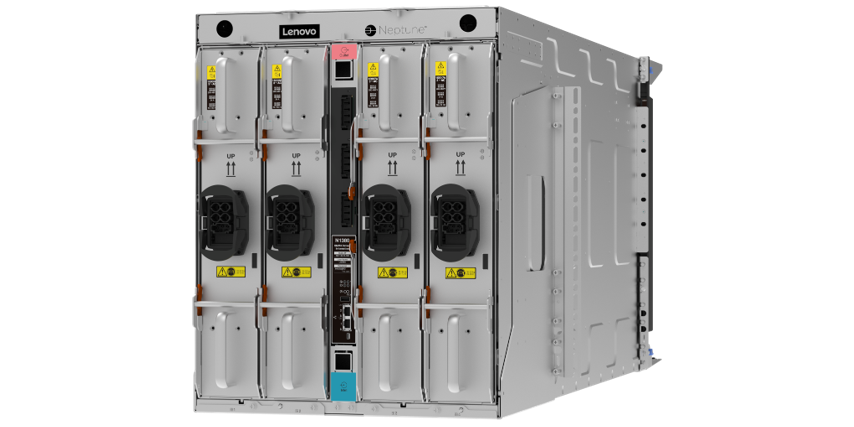A team at the University of Arkansas is using the Pittsburgh Supercomputing Center’s Anton 2 system to simulate molecular systems for microseconds or longer to investigate how the Coronavirus that causes COVID-19 attaches to human cells, PSC reported.
Anton 2, developed by privately held D. E. Shaw Research (DESRES) of New York, is a special-purpose, 128-node system built for molecular dynamics simulations of biomolecules, such as proteins, nucleic acids and lipids orders of magnitude faster than was previously possible. The Anton 2, provided without cost by DESRES for non-commercial use by the U.S. research community, delivers this resource with operational funding from the National Institutes of Health.
 To infect a human cell, the “spike” glycoproteins of the SARS-CoV-2 (COVID-19) and SARS-CoV (2002-03 SARS epidemic) viruses first attach to the same human cell-surface protein, ACE2. The University of Arkansas group, led by Mahmoud Moradi, assistant professor of chemistry and biochemistry, is using Anton 2 to study the activation and deactivation of these spike proteins. The scientists believe that examining the spike-protein activation process via simulation, rather than a static picture, is key to developing vaccines and drugs against COVID-19.
To infect a human cell, the “spike” glycoproteins of the SARS-CoV-2 (COVID-19) and SARS-CoV (2002-03 SARS epidemic) viruses first attach to the same human cell-surface protein, ACE2. The University of Arkansas group, led by Mahmoud Moradi, assistant professor of chemistry and biochemistry, is using Anton 2 to study the activation and deactivation of these spike proteins. The scientists believe that examining the spike-protein activation process via simulation, rather than a static picture, is key to developing vaccines and drugs against COVID-19.
“While these processes occur over a time period of only millionths of a second (microseconds), the requirements of simulating them exceed the reach of general-purpose supercomputers, “PSC said. “Anton 2’s specialized software and hardware make it uniquely suited to such simulations.”
The researchers obtained time on Anton 2 via the public/private COVID-19 HPC Consortium, of which PSC is a member. The consortium also allocates COVID-19 research time on PSC’s large Bridges supercomputing platform as well as other consortium members’ computers (more information on applying for COVID-19 research time on Anton 2 can be found here).
Experimental COVID-19 Test
Meanwhile, scientists at the University of California, Riverside, are using the Anton 2 to simulate and study the interactions of the SARS-CoV-2 virus’s genetic material with the proteins behind the CRISPR gene-editing system in the hope of developing an experimental test for the virus. The scientists, led by Giulia Palermo of the university’s Department of Bioengineering, will use Anton 2 to study how the CRISPR-Cas12a protein recognizes viral genetic material.
These researchers also obtained time on Anton 2 via the COVID-19 HPC Consortium.
Source: Pittsburgh Supercomputing Center.




